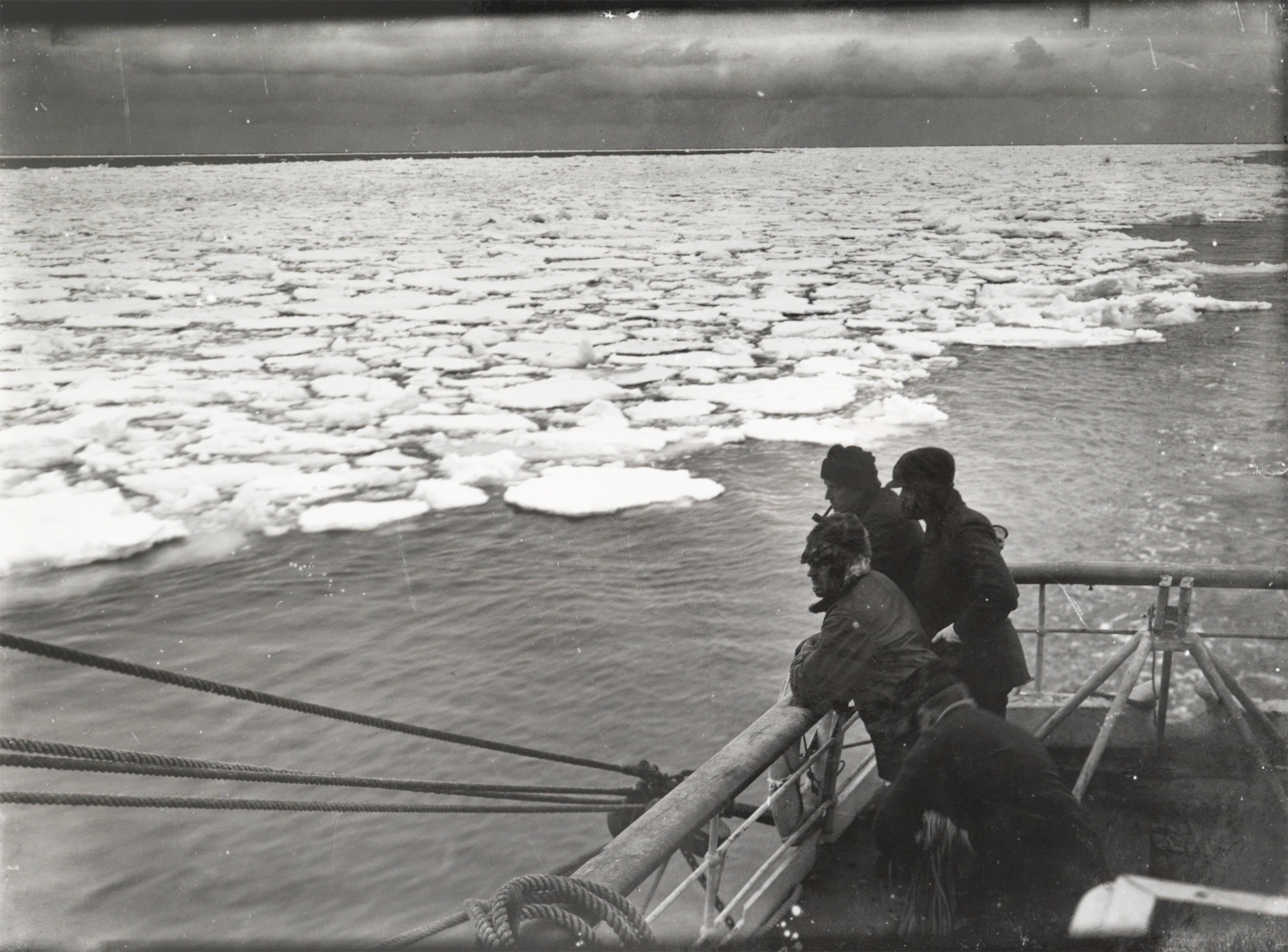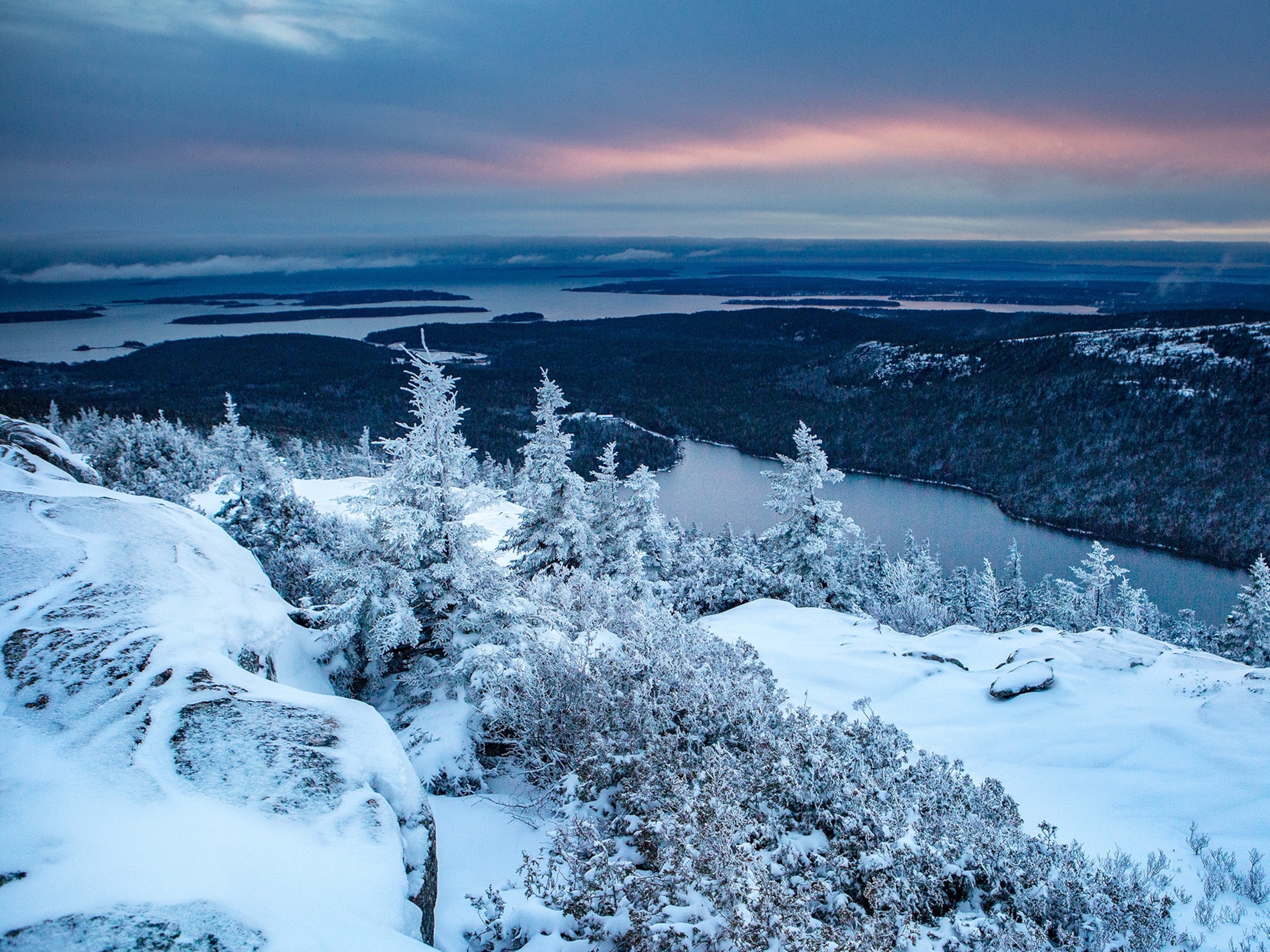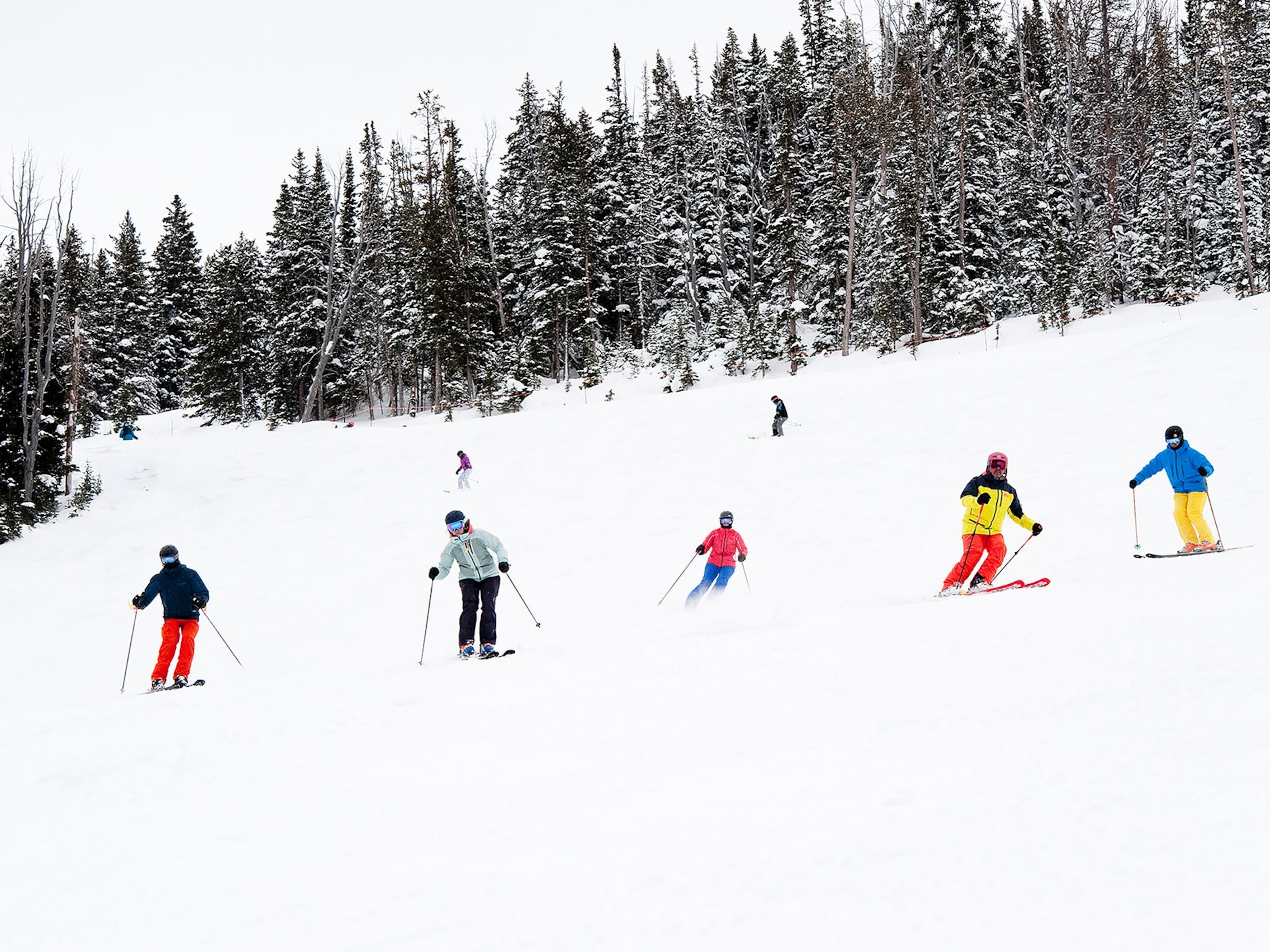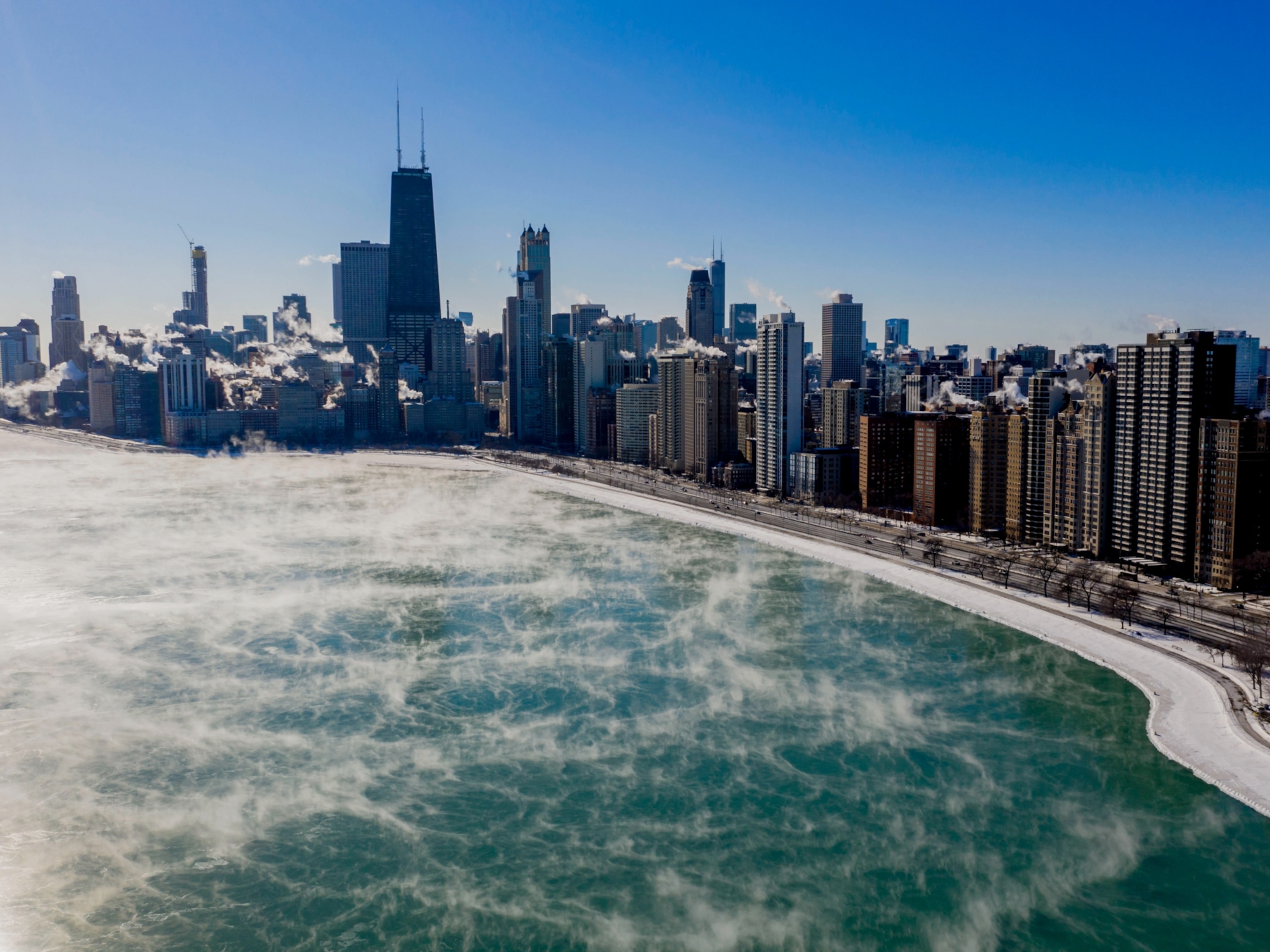
Explaining Mysterious 'Pancake Ice' on River in Scotland
The right conditions make for strange lily-pad formations.
Strange-looking formations that resemble frozen lily pads have appeared this week on Scotland's River Dee, drawing Internet attention from around the world. Called "ice pancakes" or "pancake ice," the natural formations occur when conditions are just right.
The ice disks form when waves jostle pieces of smooth ice against each other, rounding their edges. As the resulting pancakes collide with the waves, they develop raised edges, making them look even more like lily pads.
Jamie Urquhart, a biologist with the River Dee Trust, recently noticed ice pancakes at Lummels Pool, a few miles downstream of Queen Elizabeth's summer residence at Balmoral. His photos are now making the rounds online.
What makes the pictures surprising is that pancake ice is most common in cold oceans, so it's frequently seen around Antarctica and in the Baltic Sea.
But it can form anywhere that conditions are right, including on the Great Lakes of the United States.
It’s also "especially unusual to see pancake ice frozen so hard that someone could pick it up," as some of Urquhart’s pictures show, says Ted Scambos, a lead scientist at the National Snow and Ice Data Center in Boulder, Colorado.
"Usually pancake ice is more like a slush."

As to media reports suggesting that the River Dee ice formed from frozen foam, Scambos says it is possible, although the ice would have developed into pancake shapes in the same way, through jostling.
Ice pancakes often eventually meld together to form sheet ice. If the ice gets thick enough, and the water is rough enough, the ice can bend, fracture, and pile up on itself, forming what are called ice ridges.





